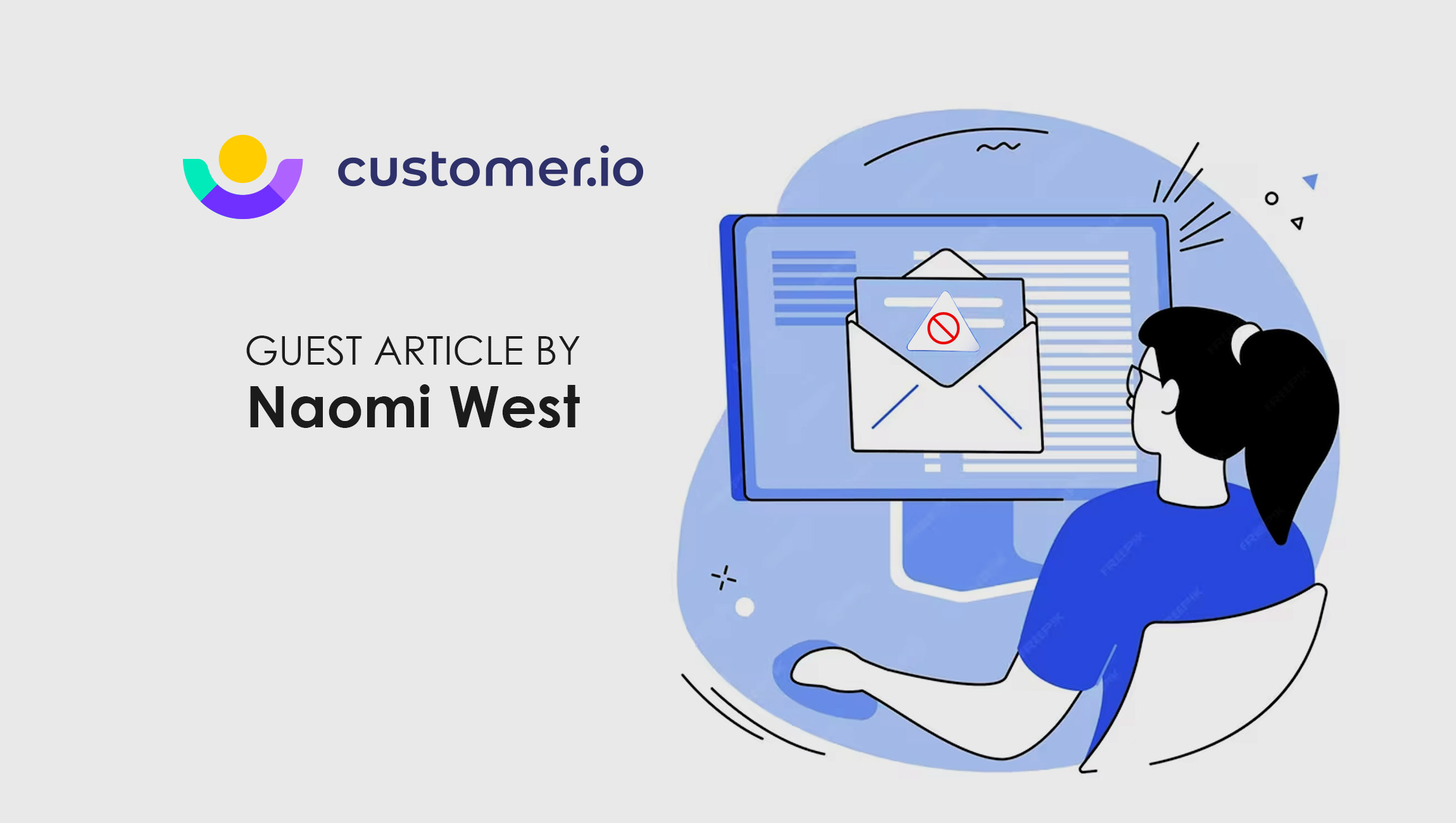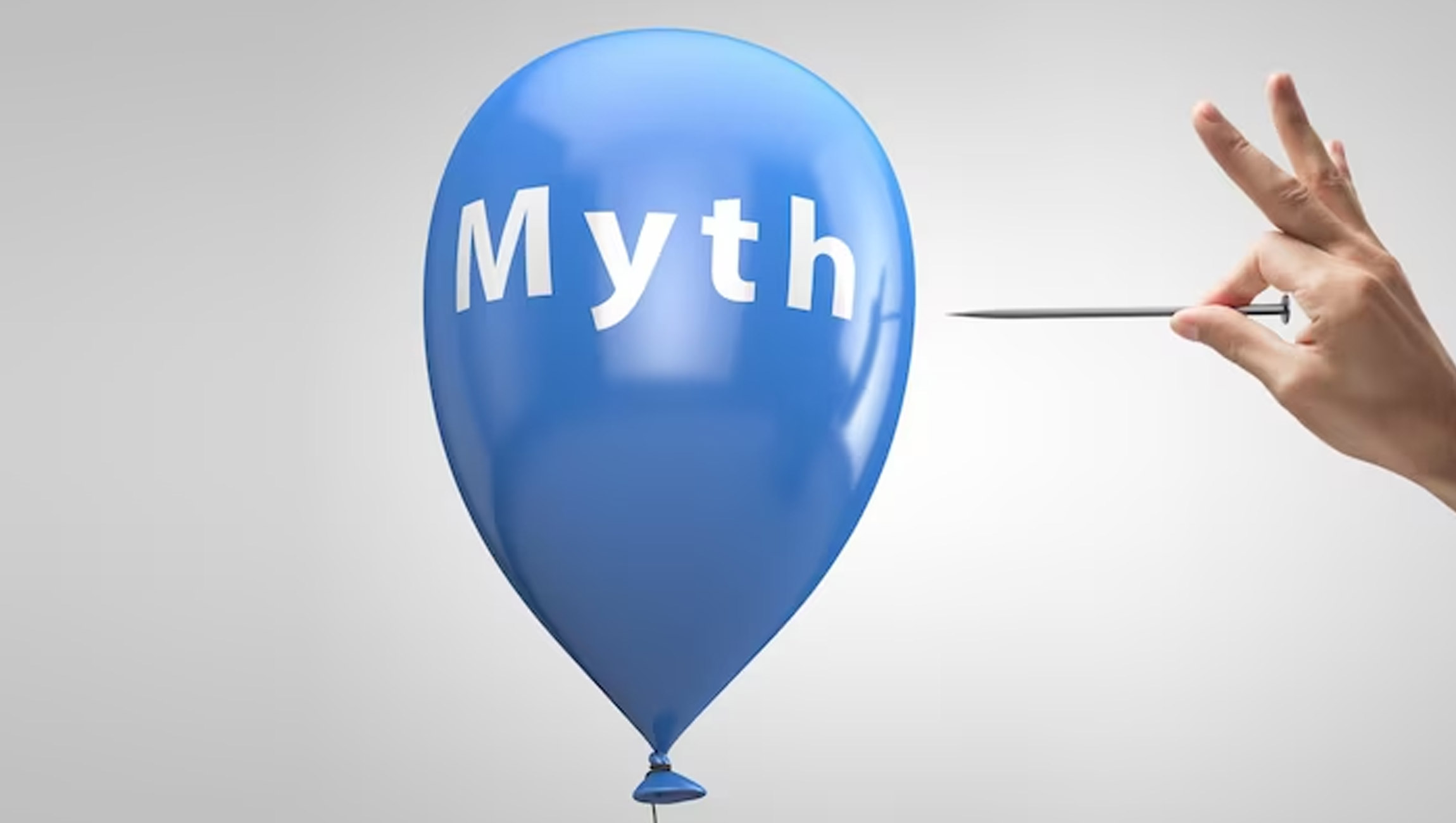Email is a powerful tool for engaging and communicating with users. Despite numerous attempts to dethrone it, email still remains superior after all these years. However, I anticipate that email unsubscribe rates will skyrocket this year. Why?
Beginning on February 1, 2024, Google and Yahoo will require a one-click unsubscribe feature for bulk email senders. While that may sound alarming initially, this is not necessarily bad.
Email marketing engagement is typically measured using four main metrics: open rates, click rates, unsubscribe rates, and spam complaint rates. This new update may alter how marketers assess these metrics, although this has been evolving for some time now.
For example, in 2021, when Apple launched Mail Privacy Protection (MPP), we saw open rates take a sharp upturn and transition into a vanity metric due to the open pixel being fetched at the time of delivery.
And this year, email unsubscribe rates will follow a similar uptick trend, but this time, with the individual control of the subscriber. Unlike the drastic increase in open rates in 2021, the availability of one-click unsubscribe options will make it easier than ever for people to opt out of emails they no longer want. As a result, we can expect many individuals to choose this.
What exactly is one-click unsubscribe?
In February, bulk email senders will be required to provide Gmail and Yahoo users with an easy way to unsubscribe from their mailing lists. This will be done through a one-click unsubscribe button.
For example, within Gmail, what used to be an <unsubscribe> in grey font is now a more significant, colored font size. This change makes it clear and eye-catching for the subscriber to engage with.
Unsubscribes have historically been mandatory across all jurisdictions, but for a long time, many brands have found ways to make it difficult. Some tactics have included hiding the unsubscribe button in the footer in a tiny, unreadable font, requiring a log-in to unsubscribe, or requiring individuals to manually opt out of preferences that the subscriber was opted into without choice.
2024 is the year subscribers have the power
In recent years, email clients have been increasingly addressing common pain points experienced by subscribers. For example, in 2021, Apple released Mail Privacy Protection as a means to give back better data privacy to its end users.
In 2024, with email becoming a more popular channel than ever, subscribers demand easier opportunities to remove themselves from lists.
Not to mention, in the US, requiring an opt-in isn’t a legal requirement. Subscribers can find themselves on many email lists without explicit permission and in sticky situations when the brands make it difficult to opt out—but not for long.
Does this mean email is dying?
Despite recent changes, email will continue to be the preferred channel for brands and businesses. This is particularly true as social media struggles to capture an audience that can be truly “owned.” A good analogy for enabling a one-click unsubscribe is to think of it as clicking “unfollow.”
What will the impact of a one-click unsubscribe be? Cleaner lists and less irrelevant data.
One of an email marketer’s worst nightmares is an inactive email list. If users manually remove themselves, especially those who were likely not engaging in the first place, that is a win. By regularly “cleaning” your list and removing inactive subscribers, you can significantly improve the accuracy of your data and ensure that your message reaches those more likely to engage with and respond to your offerings.
The impact of email marketing for businesses will only continue to grow in the coming year, even with a potentially higher rate of unsubscribes.
Marketing Technology News: MarTech Interview with Manu Mathew, CEO at Cohora
How marketers can prepare
There are several ways for marketers to prepare for the upcoming wave of unsubscribes. First, I strongly urge all marketers to establish a benchmark for unsubscribes. Take note of the current unsubscribe rates in your newsletters, onboarding emails, and post-purchase touchpoints. Your welcome series should have the lowest unsubscribe percentage among them.
If you are concerned about the number of subscribers you lose via the unsubscribe, think about the following questions:
1. Why might someone be unsubscribing?
Consider if your content is relevant and helpful, if the user has engaged previously and recently with your brand, when you expect them to engage next, and the frequency of communication. All of these factors impact the likelihood of someone unsubscribing or not.
2. What are we gaining if the user remains on my email list but doesn’t engage?
If the user isn’t active, not opening emails, or engaging at all, do you want them on your list in the first place? They are probably very unlikely to become active.
3. What is the desired action you want this subscriber to take?
If this feels vague to you, it is likely to feel vague to the subscriber as well, and this might be causing them not to engage. Do you want them to make a purchase? Sign up for something? I suggest you return to the drawing board and outline an effective strategy to guide the subscriber toward a specific outcome with your email messaging.
If you can identify an answer to question #1, you can adjust your strategy to deliver more value to the subscriber.
However, if you can’t determine what either of you can gain from questioning #2, why does it matter if they unsubscribe?
Lastly, if you need help identifying a goal for them using #3, why they unsubscribe should not matter.
Explore multi-channel messaging
Many brands and businesses mistakenly believe that unsubscribing is a disastrous outcome. However, in many cases, it is not. Just because someone no longer wishes to receive your daily emails doesn’t mean they have completely lost interest in your product.
There are many other channels to stay in touch with a lead or to nurture a customer relationship. If you see high unsubscribe rates, explore different channels to engage with potential and current customers better. Consider retargeting ads to communicate product launches, sales, and win-back strategies for unsubscribed people. Or, utilize channels such as push notifications, web-browser notifications, in-app messages, website pop-ups, SMS or MMS, or social media to reach the right people at the right place.
As the number of emails we send increases each year, consumers may become more selective about the emails they choose to receive. And that’s perfectly fine! Other channels may be more beneficial for consumers than email.
I am personally looking forward to this new era of email, backed by Google and Yahoo. And in turn, I’m excited to see more email marketers focus on value-based emails that subscribers are enthusiastic about receiving.
Marketing Technology News: Streaming into the Future: How Advertisers and Brands Can Embrace CTV for Ad Success











